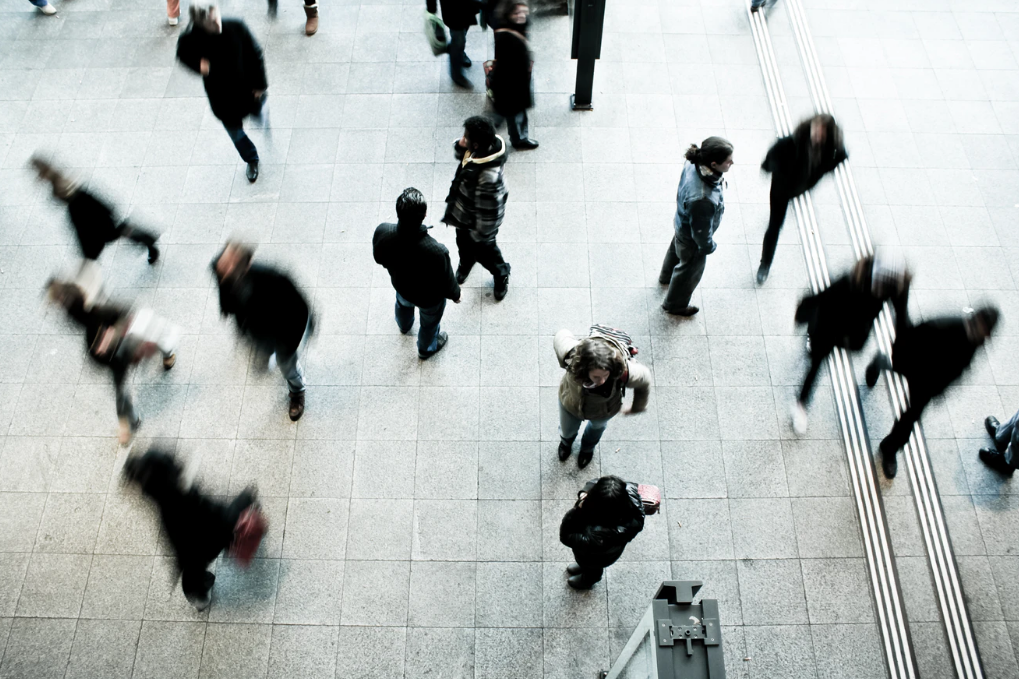
18 Mar Strategies to Minimize COVID-19 Transmission in Puerto Rico within the Built Environment
It’s no secret that the construction industry in Puerto Rico is under siege by the COVID-19 virus, but at DDD Group we are aware, ready, and taking many steps to reduce the exposure and spread of the virus locally and abroad (read our COVID-19 Protocol). Meanwhile, researchers from the Centers for Disease Control and Prevention’s online pathogen identification database MicrobeNet and from the Biology and the Built Environment (BioBE) Center at the University of Oregon have published an essential information piece outlining transmission pathways of COVID-19 in the built environment, encouraging all players in the construction industry to participate and embrace these guidelines to minimize the virus’s spread.
The contributors to the guidelines examined how the built environment, including buildings, roads, and public transport, can speed the transmission of pathogens like COVID-19. These types of spaces and infrastructure impose close interaction between individuals, host objects and materials that can transmit the disease and can facilitate the airborne transfer of viral pathogens. Essentially, it was highlighted that high occupant density can further the spread of pathogens, with confined spaces often encouraging social interaction and direct contact between individuals. By clearly understanding these variables, the paper’s authors hope that individuals responsible for building operations can make informed decisions on preventative measures, such as social distancing and disinfecting surfaces with solutions containing 62% to 71% ethanol. In Puerto Rico, we are especially susceptible to the spread of the disease in public transportation and the use of large-scale public spaces. By shutting or limiting exposure in non-essential business, local authorities are taking positive steps, but it’s also important for local authorities to adopt a sound protocol with these recommendations for the essential service locations that do remain open. For example, recently, it has been found that gaps in the edges of filters in hospitals have been a contributing factor to their hindrance to eliminate pathogens from the shared air environment
Other recommendations from the contributors to the study include the importance of proper HVAC ventilation practices, maintaining interior relative humidity levels to between 40% and 60%, proper lighting and exposure to daylight, and spatial configurations that might discourage social interactions as options for minimizing the transmission of COVID-19’s viral particles.
At DDD Group we are encouraging all members of the building community to stay focused on long-term viability as part of a sustainable building strategy that promotes resilience not only in the physical structure but also in the occupant’s experience. By applying our creativity and experience to the design, building and maintenance processes, we can produce spaces that are thoughtfully envisioned, built strategically, and inherently resilient to a wider variety of scenarios.
If your organization is in need of detailed consulting on how to address this and other concerns, please reach out for strategic consulting from our team. Contact us: [email protected].

